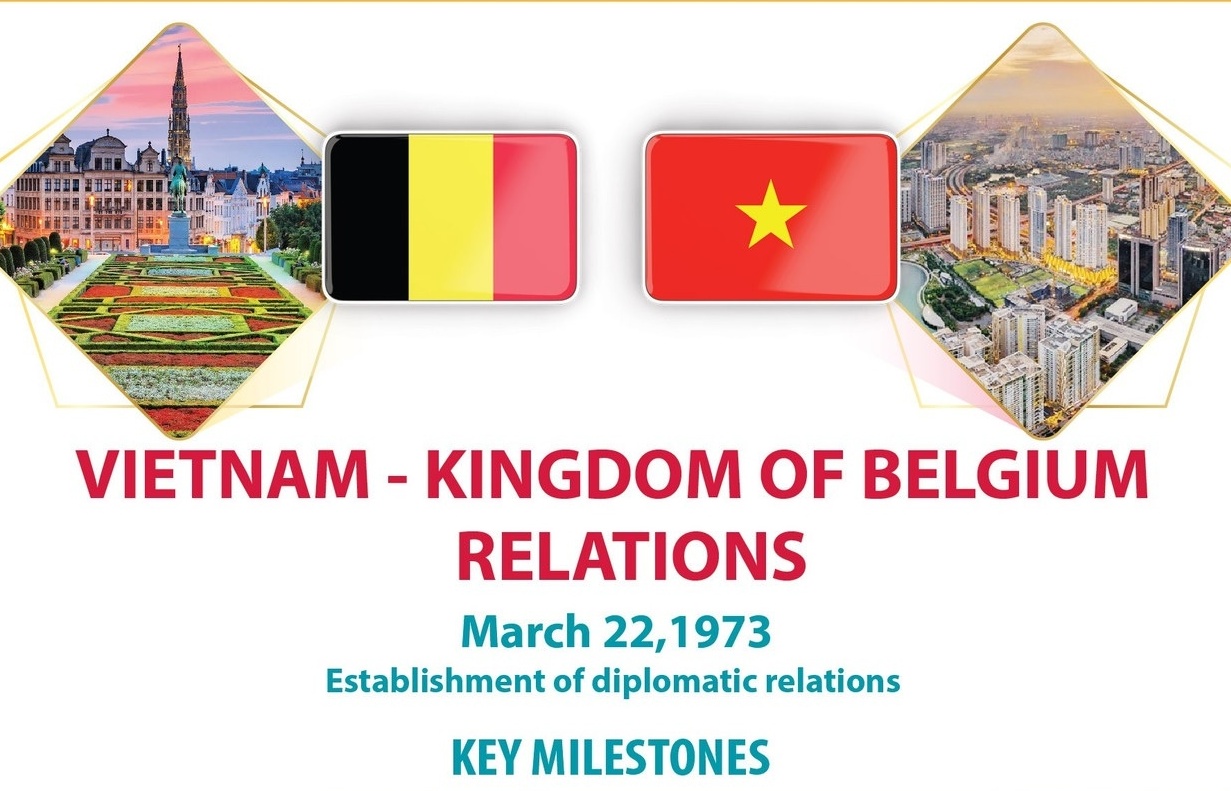Retail banking at the crossroads
 Once ASEAN’s roaring tiger, Vietnam’s economy has now become a pussy cat. As a result, outside observers are now raising the question whether this South East Asian economy is still a feasible target for retail banking operations.
Once ASEAN’s roaring tiger, Vietnam’s economy has now become a pussy cat. As a result, outside observers are now raising the question whether this South East Asian economy is still a feasible target for retail banking operations.
For banking in Vietnam, there have been many menaces in the recent past. They include credit and loans expanded apparently without any limit, with money funnelled into areas of limited productivity. Meanwhile, investments were misguided into the bubbling real estate sector, while too closer links to state-owned enterprises (SOEs) and corruption prevented banks from establishing a sound risk management. Subsequently, the non-performing loan (NPL) ratio raised by double digits.
At the same time, the State Bank’s control remained lax in an inefficient and non-transparent banking system. In retail banking, too many banks were set up aiming at the same target groups without proper product suits. Due to the high inflation, insurance products with their long-term investment scope seemed unattractive for retail banking clients. Investment products were missing, forcing retail banking customers to allocate their money into dangerous investments, such as grey market banks, or at least for the economy less productive investments like in bricks and gold.
Many Vietnamese senior bank managers lacked expertise in retail banking, while a consistent sector strategy was not evident. Remarkably, only a few Vietnamese banks were ready to make full use of international retail banking expertise as the number of foreigners in most senior management positions remained low. And in the few cases foreigners were employed, the Vietnamese side partly mistrusted them and tried to keep them under tight control.
Vietnam’s banking industry went through a valley of tears
These days, the fundamentals are looking better than one year ago. The VND-USD exchange rate has stabilised, single digit inflation seems under control and stronger measures against the old banking crony system are obvious. The arrests of ACB senior managers are a strong sign for a new policy in banking. Under the guidance of its Governor Nguyen Van Binh, the State Bank’s policy success is sending out positive signals for banking and retail banking.
Recapitalising banks, the forced merger of smaller banks (most recently, the State Bank’s acceptance of the DaiABank and HDBank merger), privatisation steps in the state-owned sector, the setting of a deadline for gold deposit repayments recently extended to June 30, 2013, the adoption of international risk management standards as well as the improved supervision, control and regulation are steps in the right direction.
After Moody’s downgrade some months ago, there should be no further reason for other negative evaluation of Vietnam’s credit worthiness, especially because positive effects of the banking restructuring are becoming visible. In June 2012, Standard & Poors already lifted its outlook on Vietnam’s banking industry from “very high risk” to “high risk”, which is still worrying, but a step in the right direction.
The retail banking market remains to be interesting
Vietnam has a young population. Out of the 90 million people, only 20 per cent have a current account. In recent years, the country developed into a middle income country. Gross domestic product (GDP) per capita tripled from $440 in 2002 to $1,374 in 2011, and the trend is ongoing. In October 2012, there was a rise in employment. If we take a look at the structure of manufacturing, in the same month the production of electronic goods grew stronger than other products, which is a positive indication.
Vietnam is standing at the crossroads. It must move forward in the direction of producing more sophisticated capital-intensive goods to maintain its world economy competitiveness in hand with an increasing per capita income, creating a rewarding investment climate for the national and international retail banking industry. Besides the visible upper class in the big cities, there is an emerging middle class with a growing demand for retail banking products and services.
Successful approaches in retail banking
Local banks currently hold a 90 per cent retail banking marketshare. In recent years, foreign retail banks emerged as strong competitors. Banks like ANZ, Standard Chartered, HSBC, Shinhan Vina, Hong Leong and Citi are providing retail services with their high international expertise and networks. ANZ, for instance, already has 10 branches and transaction points in Vietnam as well as three offices in Ho Chi Minh City, Hanoi and Can Tho. To underscore the point, 80 per cent of ANZ’s customers are Vietnamese. The expat community stays an important source of income for this bank, but is far from being the sole income stream. Retail banks have to face the fact that Vietnamese clients have different demands compared to consumers in other markets. Up to 30-40 per cent of its customers were using the internet as channel to the bank, said ANZ’s CEO Tareq Muhmood recently.
Meanwhile, Citi is also aiming at Vietnam’s emerging affluent class with services - like long opening hours - which go beyond the limits of traditional retail banking practices. Whereas Citi, Standard Chartered and ANZ (after selling its stake in Sacombank) are trying to go their way alone in the retail banking market, HSBC has a different approach with its own business and – at the same time - its strategic cooperation with TechcomBank, which was highly beneficial for TechcomBank as a rising star in retail banking.
Vietnamese customers need real value for money and not products called “Platinum Cards” but without proper services. Besides, other attractive retail banking products – especially investment products - have to be developed. In a growing economy with inflation under control, the insurance business can be an additional source of stable income. For Vietnam’s banking industry, it is necessary to diversify its source of revenues focussing more on fee- and commission-based income. A modern retail banking system will be very supportive for reaching this target.
What needs to be done?
Vietnam should continue on its path of developing a modern and transparent banking industry. If Vietnamese retail banks want to survive amid fierce competition, they should be much more open to ideas from outside.
Currently, there are still few foreigners in most senior banking positions. Maritime Bank already moved into a more open direction by hiring former Deutsche Bank’s retail banking Asia head Atul Malik as CEO. Other banks are still reluctant to cede influence to competent outsiders. Even on the working level, some foreign experts are experiencing mistrust and difficulties from their local counterparts. Many foreign banks have good and appropriate ideas for Vietnam’s retail banking market. Taking into account international practices and experiences will help Vietnam set up an efficient retail banking system. Foreign advisors and investors can be very supportive in implementing internationally-recognised good and efficient ideas, products, processes and regulations in Vietnam.
Germany, for instance, with its various state-owned regional and national players in banking as well as its efficient private retail banking sector has a long experience. German Building and Loan Associations (“Bausparkassen”) could offer Vietnam a unique combination of savings and building society loans, which would fit perfectly into the Vietnamese society because of the traditional Vietnamese values of own residential property throughout all social strata. The visit of State Bank of Vietnam representatives to Frankfurt in a fortnight to learn more about the German Central Bank’s cooperation with its commercial banks is very encouraging.
To put it in a nutshell, retail banking in Vietnam remains a challenge, but at the same time a unique opportunity for those who are ready to invest at the right time.
What the stars mean:
★ Poor ★ ★ Promising ★★★ Good ★★★★ Very good ★★★★★ Exceptional
Related Contents
Latest News
More News
- Non-performing loans pose challenge to banking sector (March 27, 2025 | 15:24)
- VAT cut to aid business development (March 27, 2025 | 14:55)
- Citi Vietnam named best commercial bank (March 27, 2025 | 14:47)
- Formalising law to remove NPL barriers (March 27, 2025 | 12:21)
- Banks race to issue dividends in search for growth (March 27, 2025 | 12:16)
- GELEX Infrastructure secures $40 million SACE Push loan for facility (March 26, 2025 | 09:00)
- Ministry proposes tripartite coordination mechanism to manage cryptocurrency exchanges (March 25, 2025 | 15:06)
- Deputy PM discusses financial centre development with ECB (March 25, 2025 | 15:00)
- Exchange rate surpasses VND25,800 as pressure builds (March 25, 2025 | 14:00)
- Confidence remains in exchange rate stability (March 25, 2025 | 10:00)




 Tag:
Tag:

















 Mobile Version
Mobile Version